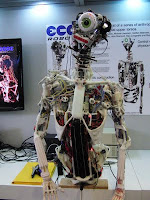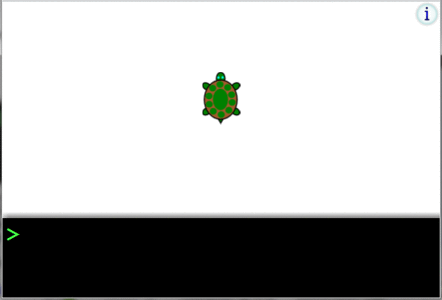Symposium on Self-* Systems – Biological Foundations and Technological Applications
part of EMCSR 2012, the 21st European Meeting on Cybernetics and Systems Research
April 10-13, 2012, Vienna, Austria
Call for papers
Part 1. Biologically and Socially Inspired Self-* Systems
Chairs: Vesna Sesum-Cavic, Institute of Computer Languages, Vienna University of Technology, Vienna, Austria, and Carlos Gershenson, Instituto de Investigaciones en Matemáticas y en Sistemas, Universidad Nacional Autónoma de México, Mexico City, Mexico
The increased complexity in today’s’ IT industry is one of the top problems and important obstacles. Self-organization appears as one promising way to cope with the increased complexity. Generally, self-* systems should posses as many self-* properties as possible (self-healing, self-tuning, self-learning,…) in order to achieve self-organization. Self-organization surrounds us. Many interesting self-mechanisms exist in our environment from which we can learn a lot. A careful observation of mechanisms in nature and society can discover some new tools that could beneficially be applied to different IT-problems. This conference track will focus on both biologically and socially based self-* systems. The papers could be theoretically based as well as with practical applications to important IT-problems.
Session 1: Biologically Inspired Self-* Systems (chair: V.C.)
Session 2: Socially Inspired Self-* Systems (chair: C.G.)
For further information contact vesna@complang.tuwien.ac.at and cgg@unam.mx.
Part 2. Self-Organizing Networked Systems
Chairs: Wilfried Elmenreich, Networked and Embedded Systems, Alpen-Adria-Universität Klagenfurt, Austria, and Carlos Gershenson, Instituto de Investigaciones en Matemáticas y en Sistemas, Universidad Nacional Autónoma de México, Mexico City, Mexico
Part 2 of this symposium will present and discuss current and novel approaches for applications of self-organizing systems.
A self-organizing system typically consists of many networked entities that organize themselves and cooperate through the exchange of information without the need of a centralized control instance but using a distributed approach. Information is exchanged locally among individual entities in the frame of the fulfillment of a certain global objective. Some simple and high-level rules in the individual entities lead to sophisticated functionality of the overall system. Many examples of successful distributed localized organization can be found in nature (e.g., ants, fireflies).
Self-organizing systems have various favorable properties:
- They typically adapt very easily to changes from inside and outside the system.
- Additional entities can be added and will be assimilated into the global system.
- Entities may be removed without too much affect on the global system, and other entities may take over crucial tasks of them.
- Furthermore, self-organizing systems scale very well and there is no bottleneck of a central authority.
We encounter self-organizing systems on an almost daily basis in:
- the formations of swarms of fish and migratory birds
- the interplay of termites when they build their hills
- the activity of body cells during the healing of wounds.
It is the aim of this symposium to create a forum for exchanging ideas, discuss solutions and share experiences among researchers and developers of self-organizing systems applications.
For further information contact wilfried.elmenreich@uni-klu.ac.at and cgg@unam.mx.
Confirmed keynote speakers include Edgar Morin, Péter Csermely, and Péter Érdi.
Submission details:
For submission and conference details, please visit http://www.emcsr.net/?page_id=55
Important Dates:
Submission deadline:
Notifications: January 27, 2012
Schedule published: February 7, 2012
Conference: April10-13, 2012

















